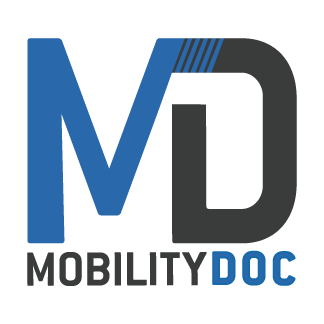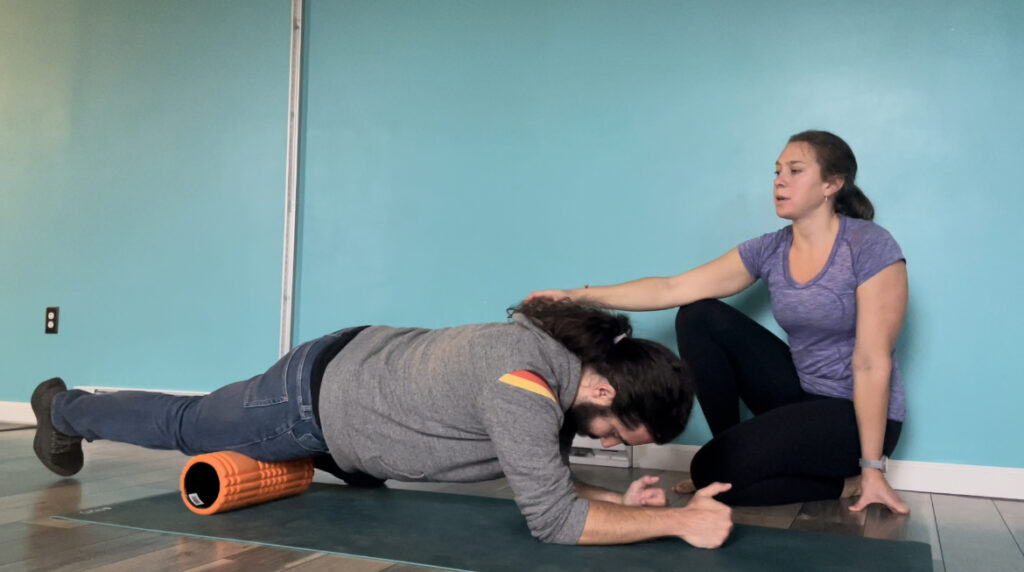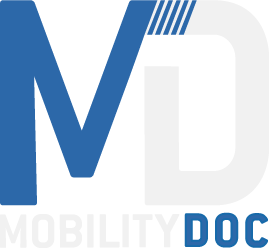Our lives constantly move in the fast lane. Our nature is to push our boundaries and strive to be better. Whether you’re a young athlete, or keeping up with your grandkids, everyone has something they’re looking forward to and training for. We are so excited to continue sharing how to recover those sore muscles better and faster with foam rolling.
After last week’s post, I hope you have everything you need to start speeding up your recovery by foam rolling! We cover a lot of misinformation around the subject and educate you on what exactly is happening when you’re foam rolling. Now that we have our proper equipment which consists of a foam roller that has a hard inner core and a soft exterior we can get started! This week we are going to talk about the three biggest things to consider when foam rolling which are: making sure you go over the entire muscle, the duration you should be rolling, and the positioning of your body on the roller.
The Paintbrush Analogy
When foam rolling it’s important to leave no part of your muscle untouched. Dr. John says it best. You want to treat your body like a canvas and the foam roller is your paint brush. Consider your body as the base layer of the canvas. You want to make sure you’re getting every last bit of that canvas covered with paint. What this means is you want to roll the entire muscle. When I say the entire thing, I don’t just mean the front. Make sure you get the inner and outer portions as well. Once you have gotten acquainted with the area, you will have found some places have more discomfort than others. That is totally OK! We will get to that in just a little bit!
2 Is The Magic Number
So how long should you be foam rolling? The magic number is 1-2 minutes per area. I would highly suggest using a timer so you can keep track of how long you’re spending on the area. The maximum you want to spend in an area is 3 mins. First, you want to scan the entire muscle. Scanning takes the 1st minute of rolling and you’re going to follow the paintbrush analogy. Take the time to make sure you get the entire muscle as described above.
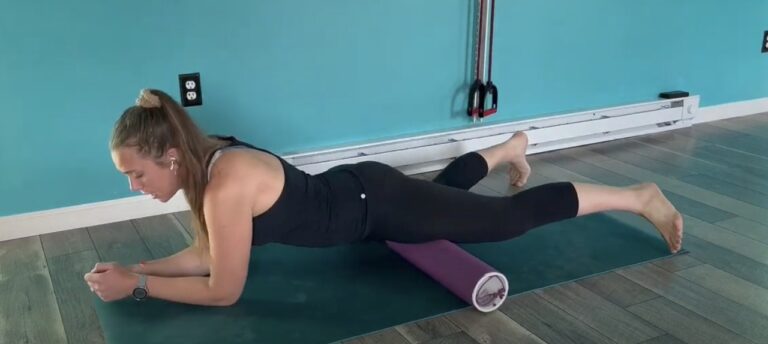
The second minute should be focused on the hot spot areas. These should be individually focused on for 30 secs each. This is the appropriate amount of time for your brain to receive that signal to stop the pain loop. If you spend less than 30 seconds or skip this part in general you are not going to see the lasting results you want from foam rolling.
I know you’re really excited to get started with your recovery, but make sure you don’t over do it! There is such a thing as too much of a good thing and foam rolling is no different. Stick to the 1-2 minute guideline. If you’re starting to get more into the 10-15 minute mark in one body party chances are good you’re going to aggravate this part of your body more than help it to heal faster. Listen to your body. If it feels more or different than regular recovery pain you should stop.
Divide Your Muscles
Now that we know how long to roll, we need to know how to divide your muscles so you can attainably and evenly roll the area in 1-2 mins. Some of our longer muscles, like the quads and hamstrings, you can divide in half and then 3 sections within that half (6 sections in total). You can think of it as having a top and bottom half. Within the top half you have your inner, middle, and outer section. You will spend 30 seconds foam rolling the top half and then 30 second rolling the bottom. At this point, you’re halfway there!
After getting your entire muscle to warm up, the 2nd minute of foam rolling is critically important. The process of your muscle recovery uses that deep pressure of holding on the foam roller to send the message to your brain. It tells the muscle fibers to relax untying the knot in the muscle. Once you find a hot spot, rest there for about 30 seconds. You will then continue looking for any other hot spots. Hold on the new spot for a 2nd 30 seconds. There will probably be more than one spot in your muscle and that’s totally OK!
Added Release While Foam Rolling
If you feel pressure starting to release, or want a little extra, you can bend and straighten the knee or elbow to get movement through the muscle to further help the knot dissolve. This bending and straightening of the knee or arm can add a lot of pressure to the area. If you start tensing your body or gripping your muscles it means it’s a little too soon to be taking on this challenge. Don’t be discouraged. After just holding one or two times to that area, you will be surprised to see how much release you get and how quickly you’ll be able to move through that area. With that you’ll be bending your knee or elbow in no time!
Positioning Yourself On The Roller
Depending on the muscle you’re going to work on will depend on how you approach foam rolling. The example Dr. John is giving this week is to foam roll your quads. This is the muscle on the front of your leg that rests above your knee. To roll this portion of the body John is in a forward plank position so his body weight is easily placed on top of the roller.
What happens if you want to roll your quad or your hamstring? You are going to want to have a similar pressure in the muscles you’re planning to be foam rolling. That means if you want to foam roll your hamstrings you’ll be in a more upright seated position to put pressure into the hamstring. Your glutes are a little trickier because you want to have pressure on them one side at a time. You end up wanting to be in a similar position to our supine figure 4 stretch.
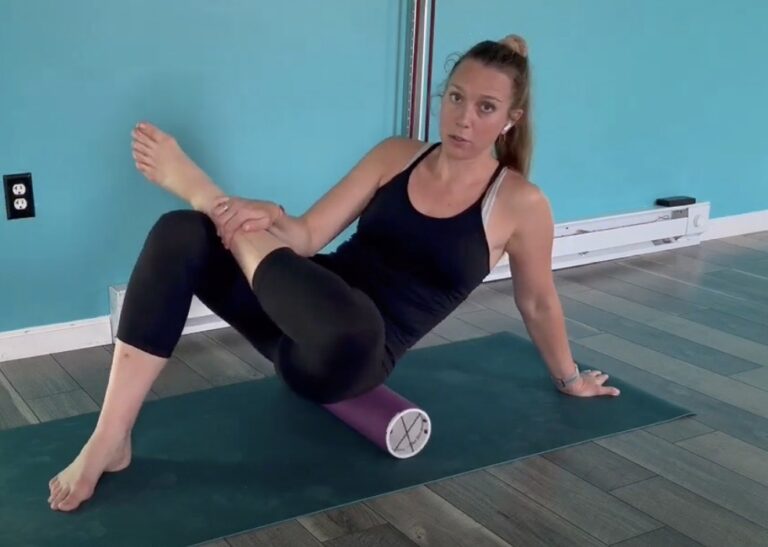
How Often Should I Roll
Now that we have a handle on foam rolling, how often do we need to do this to see the best results? 2-3 days isn’t going to be long enough. You need to be foam rolling every day for 3-4 weeks to see lasting results in the structure of your muscles. Consistency counts, so you’re going to want to do this every day or at least a few days per week.
Foam rolling isn’t always easy. It can cause discomfort and pain, and if this is your first time, it’s probably going to. That doesn’t mean it’s bad for you! Don’t be surprised if after you work out one portion of your muscles you find another that is going to be sore or tender. Our muscles are constantly changing. If you’re exercising they’re growing and building upon themselves. It’s all part of the process! The good news is once you’re a regular and roll your body often your muscles will have less knots in them and you will have less discomfort over time.
For more great information on muscle recovery especially the glutes, please check out our glute couplet on youtube. Here you will foam roll your glute and get some extra benefit by doing a supine figure 4 stretch afterwards. Remember, this works best in rounds of 3. Enjoy!
